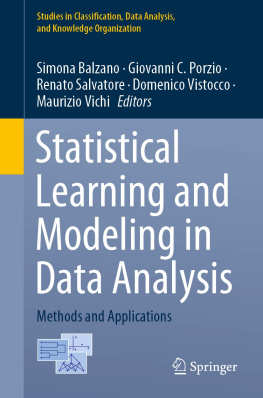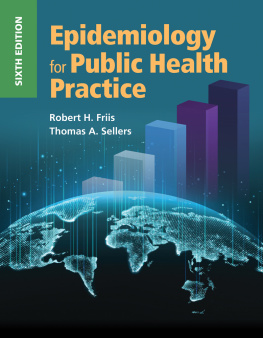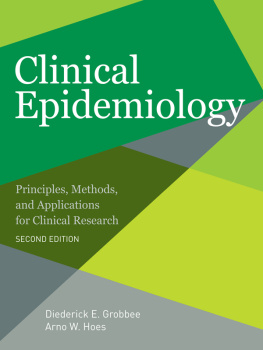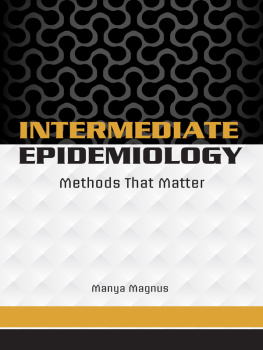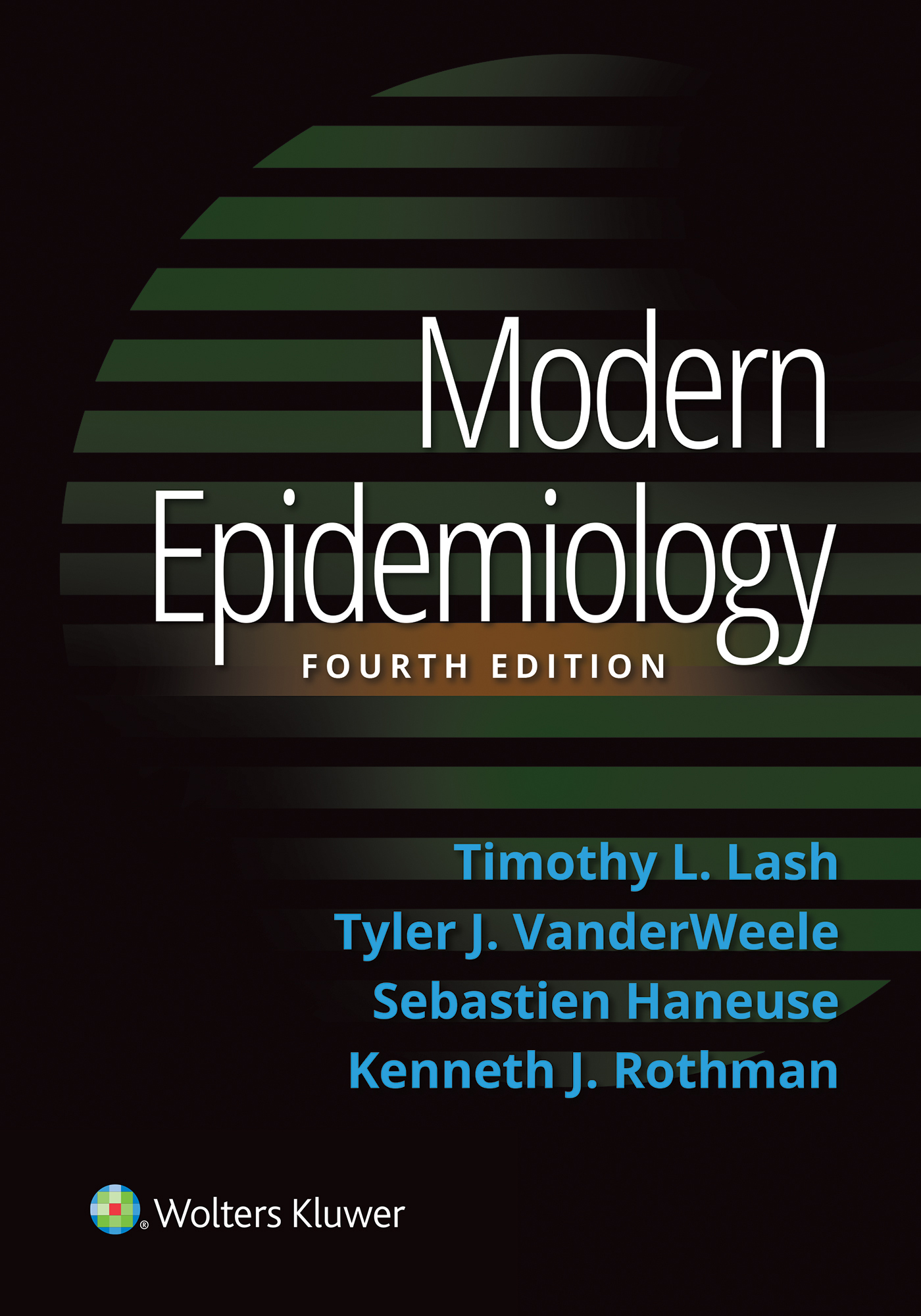Timothy L. Lash - Modern Epidemiology
Here you can read online Timothy L. Lash - Modern Epidemiology full text of the book (entire story) in english for free. Download pdf and epub, get meaning, cover and reviews about this ebook. year: 2020, publisher: Wolters Kluwer Health, genre: Science. Description of the work, (preface) as well as reviews are available. Best literature library LitArk.com created for fans of good reading and offers a wide selection of genres:
Romance novel
Science fiction
Adventure
Detective
Science
History
Home and family
Prose
Art
Politics
Computer
Non-fiction
Religion
Business
Children
Humor
Choose a favorite category and find really read worthwhile books. Enjoy immersion in the world of imagination, feel the emotions of the characters or learn something new for yourself, make an fascinating discovery.

- Book:Modern Epidemiology
- Author:
- Publisher:Wolters Kluwer Health
- Genre:
- Year:2020
- Rating:5 / 5
- Favourites:Add to favourites
- Your mark:
Modern Epidemiology: summary, description and annotation
We offer to read an annotation, description, summary or preface (depends on what the author of the book "Modern Epidemiology" wrote himself). If you haven't found the necessary information about the book — write in the comments, we will try to find it.
Reflects both the conceptual development of this evolving science and the increasing role that epidemiology plays in improving public health and medicine.
Features new coverage of methods such as agent-based modeling, quasi-experimental designs, mediation analysis, and causal modeling.
Updates coverage of methods such as concepts of interaction, bias analysis, and time-varying designs and analysis.
Continues to cover the full breadth of epidemiologic methods and concepts, including epidemiologic measures of occurrence and effect, study designs, validity, precision, statistical interference, field methods, surveillance, ecologic designs, and use of secondary data sources.
Includes data analysis topics such as Bayesian analysis, probabilistic bias analysis, time-to-event analysis, and an extensive overview of modern regression methods including logistic and survival regression, splines, longitudinal and cluster-correlated/hierarchical data analysis, propensity scores and other scoring methods, and marginal structural models.
Summarizes the history, specialized aspects, and future directions of topical areas, including among others social epidemiology, infectious disease epidemiology, genetic and molecular epidemiology, psychiatric epidemiology, injury and violence epidemiology, and pharmacoepidemiology.
Timothy L. Lash: author's other books
Who wrote Modern Epidemiology? Find out the surname, the name of the author of the book and a list of all author's works by series.

